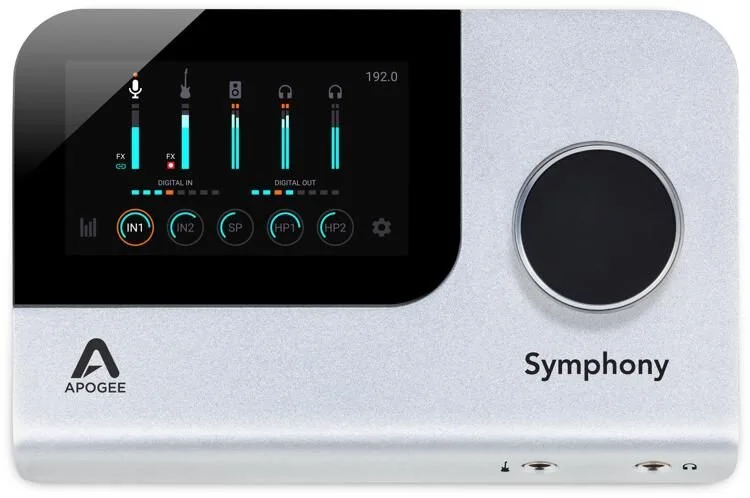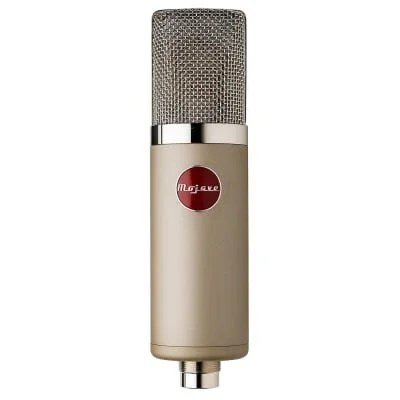Over the past few months, I’ve been rather confined to my room (I’m sure we’ve all been!) and as I’ve become more interested in multi-cello recording projects, I’ve been eager to decide on an at-home recording studio setup.
I asked many friends and colleagues for their advice, however it was sometimes more confusing than helpful, since everybody has a different opinion about which are the best mics, interfaces, preamps, etc. Additionally, most of the people who know a lot about audio equipment are not cellists and while they know what generally works for cellos, it might not be what I want.
I assume that many of you have been in the same situation or will find yourselves in the situation of wanting a professional recording setup but not knowing where to start. You may hear that one mic is better than another, but without trying it yourself, how can you know if you’ll like the sound?
Disclaimer: this is by no means a comprehensive test of all the great mics, interfaces, and mic pre’s out there, but I thought I would tell my story and hopefully this can be helpful for some of you and can save you a little time! Also, I’ve decided that recording is a very big and important part of my professional life, so it made sense to make a big financial investment in equipment—this might not be the right move for everyone, especially people just getting started and unsure of how much they may end up doing. However if you do buy high-end equipment, it holds its value quite well.
Many of you may be familiar with the terminology but if not, here are a few basic terms:
DAW - Digital Audio Workstation - software for recording, editing and producing audio files. I use Logic Pro X, but there are other options like Pro Tools and Cubase.
Audio Interface - Piece of hardware that allows you connect a microphone or instrument to a computer. The quality of the A/D (audio to digital) converter is crucial to getting a clean sound.
Microphone Preamplifier (mic pre) - Device that boosts the signal of the mic, which is too weak on its own. A great mic pre can really lift the sound without adding noise.
Solid State Mic - Uses transistors as impedance converters
Tube Mic - Uses a vacuum tube to boost the signal from the capsule—requires an external power source. I find that the tube seems to add color to the sound.
At first, at the recommendation of a few friends, I bought an SSL2+, which is an interface with a built-in mic preamp. I was using a Shure KSM-27 mic that I’d bought back in high school.
I started by buying the Coles 4038 ribbon mic that many had recommended. I wasn’t thrilled with my sound but I didn’t know why, so I started descending down this rabbit hole… I quickly realized that the interface was the biggest problem and that explained why the sound wasn’t clean.
Sadly, I wasn’t able to include the Coles or other ribbon mics in this testing because by the time I had a better interface, I had to return it. After talking to a number of people, I upgraded my interface to the Apogee Symphony Desktop.
The amazing people at Pro Audio LA were extremely generous with allowing me to try out mics for an extended period of time (thank you!) The first batch included a Lauten Atlantis and a John Hardy mic pre.
Here is a demonstration of the difference that the interface and mic pre can make to the recording quality. In all three examples, I used a Lauten Atlantis and in the third, I used a John Hardy mic pre. Although each recording is a different take (I played differently!) you can still get an idea:
In the next installment, had 8 mics in my home for a short while. Four of them were tube mics: Sontronics Aria, Mojave MA-300, Soyuz SU-017, and the famous Neumann U-67.
The other four were solid state: Schoeps MK 4, Neumann TLM 103, Neumann TLM 170, and the Neumann U-87.
Now I’m just going to show you a lot of pairings so that you can hear them back-to-back. They were recorded in the same takes at basically the same mic placement and I was using the Apogee Symphony Desktop along with a Millenia HV-3C mic pre. I highly suggest that you listen with headphones or really good speakers to hear the difference. Here we go:
U 87 v. U 67 (tube)
U 87 v. TLM 170
TLM 170 v. TLM 103
TLM 170 v. Soyuz (tube)
TLM 170 v. Schoeps MK 4
Sontronics Aria (tube) vs. Mojave MA-300 (tube)
Sontronics Aria v. TLM 170
TLM 170 v. U 87
Conclusions
I found that I really loved the Millenia pre that I was using in the second round, so I bought that immediately. The tube mics all had a round and kind of shining, glowing sound and definitely added to the tone quality. Out of those, the U 67 was my favorite, followed by the Soyuz.
I struggled to decide on my favorite solid state mic—the TLM 170 was my favorite at first—it had such faithful and flexible sound, but then I realized that it didn’t have as rich a bass as the U 87 (this is apparent to me in the Prokofiev test). Also, when I was playing my best, it really captured the quality, but when I wasn’t, I sounded much worse on the TLM 170 than any of the other mics. I guess this means that it’s probably the most faithful sound of the lot, but I decided that the U 87 was also very faithful, while giving just a tad more roundness and fullness, especially in the lower end.
Between the U 87 and U 67 I liked the initial sound of the U 67 the best, however in a mix, I’d prefer something without the extra sheen that the tube mic brings. So my choice in the end was the U 87.
I hope this has been helpful or at least interesting! Please let me know if you have any questions or comments :)










